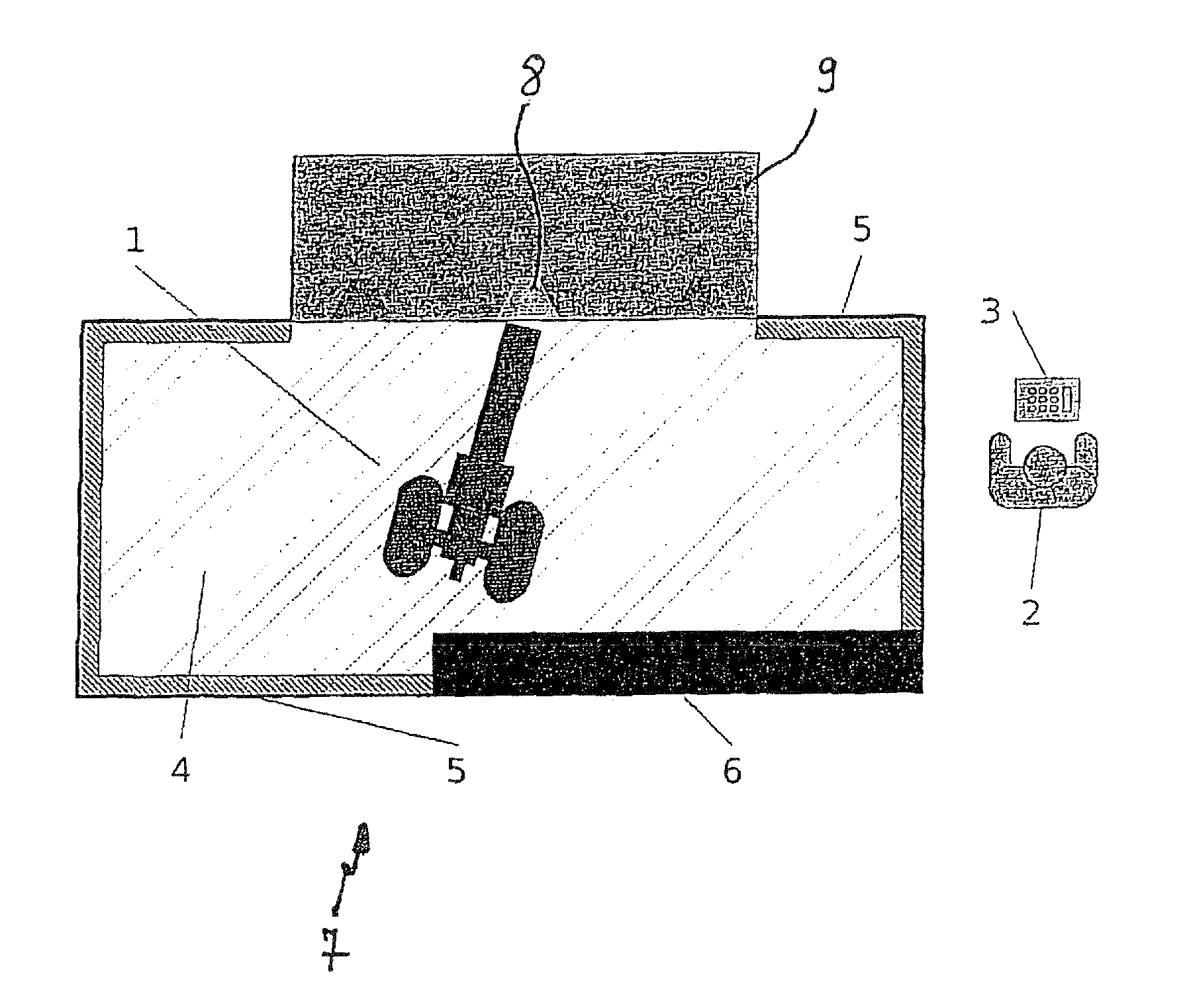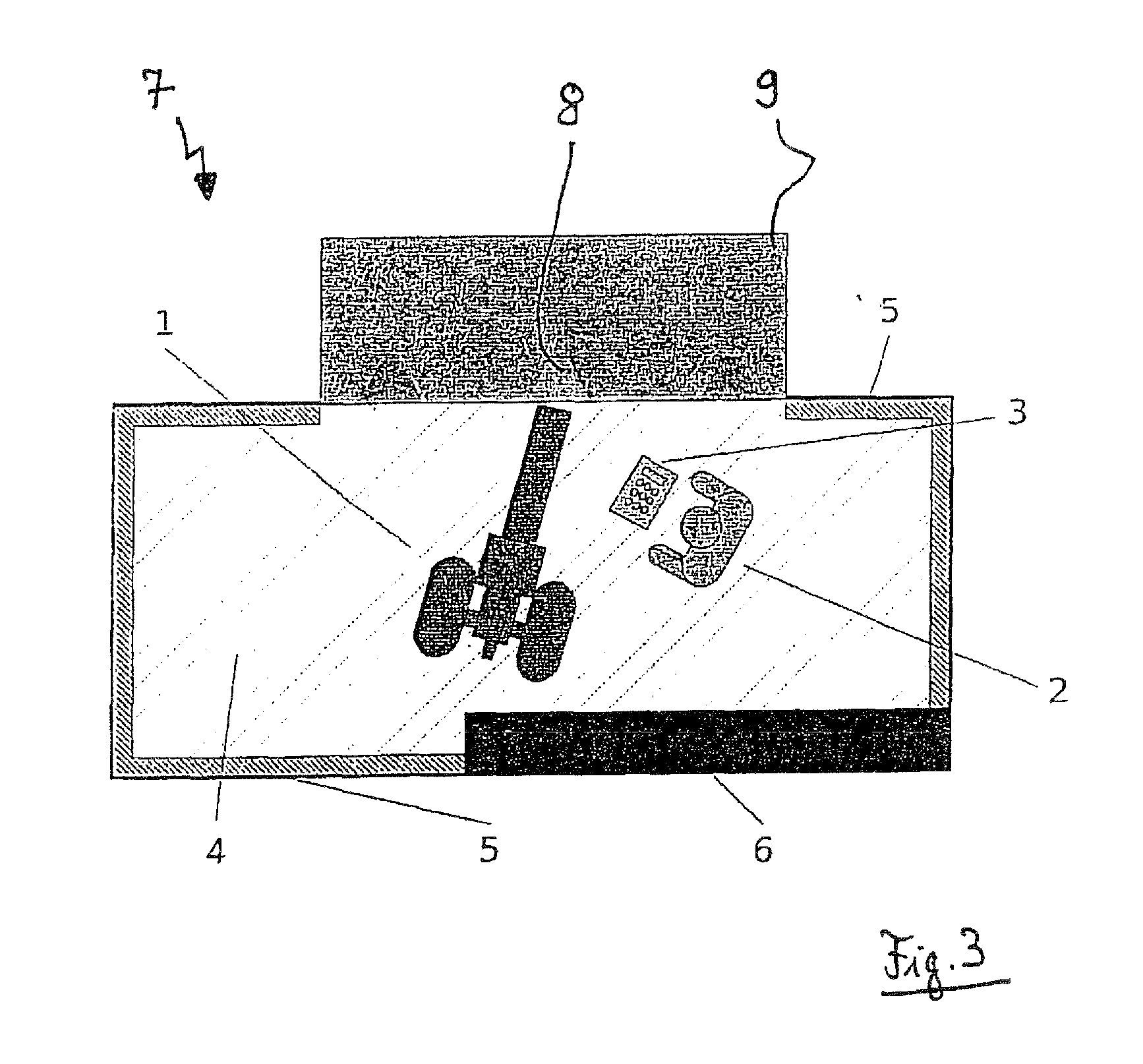Robot interaction system
a robot and interaction technology, applied in the field of robot interaction systems, can solve the problems of unsatisfactory solutions of this type, system soon reach its cost limit, and certain simple manual tasks, so as to improve the ergonomic situation of workers/operators, increase the number of possible, and increase the effect of occupational safety
- Summary
- Abstract
- Description
- Claims
- Application Information
AI Technical Summary
Benefits of technology
Problems solved by technology
Method used
Image
Examples
Embodiment Construction
[0051]FIGS. 1-3 show the operating principles of a robot interaction system on the basis of the work activities which must be performed in the area of a ladle stand 7 of a metallurgical plant during the course of the inspection and maintenance of a ladle slide gate 8 on a steel ladle 9. FIG. 1 shows in schematic fashion the job of burning out the casting channel. FIG. 2 shows in schematic fashion the activity of opening the slide gate box; and FIG. 3 shows schematically the activity of inserting a new sliding plate.
[0052]The activities to be performed take place in an interaction between human / worker / operator 2 and the robot 1. The robot 1 is equipped with a robot control unit, which comprises an assigned human-robot interface, which together form a component of a robot interaction system, which comprises types and modes of operation which influence the human-robot interface. These different types and modes of operation are designed to be adapted and / or adaptable to different degree...
PUM
| Property | Measurement | Unit |
|---|---|---|
| area | aaaaa | aaaaa |
| flexible | aaaaa | aaaaa |
| movements | aaaaa | aaaaa |
Abstract
Description
Claims
Application Information
 Login to View More
Login to View More - R&D
- Intellectual Property
- Life Sciences
- Materials
- Tech Scout
- Unparalleled Data Quality
- Higher Quality Content
- 60% Fewer Hallucinations
Browse by: Latest US Patents, China's latest patents, Technical Efficacy Thesaurus, Application Domain, Technology Topic, Popular Technical Reports.
© 2025 PatSnap. All rights reserved.Legal|Privacy policy|Modern Slavery Act Transparency Statement|Sitemap|About US| Contact US: help@patsnap.com



